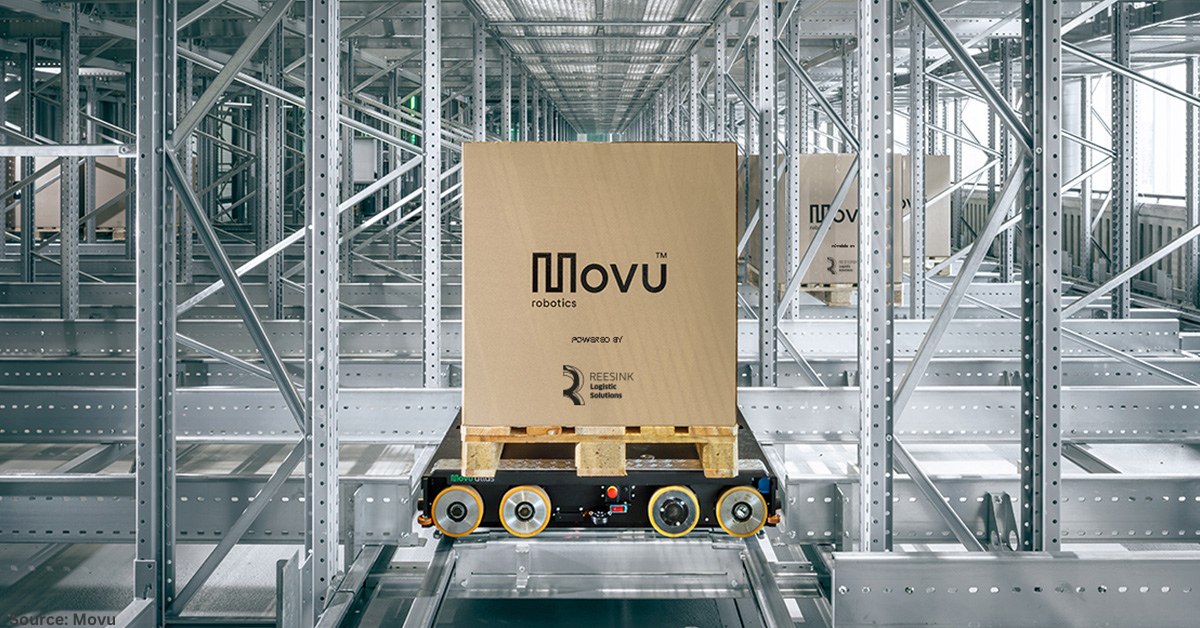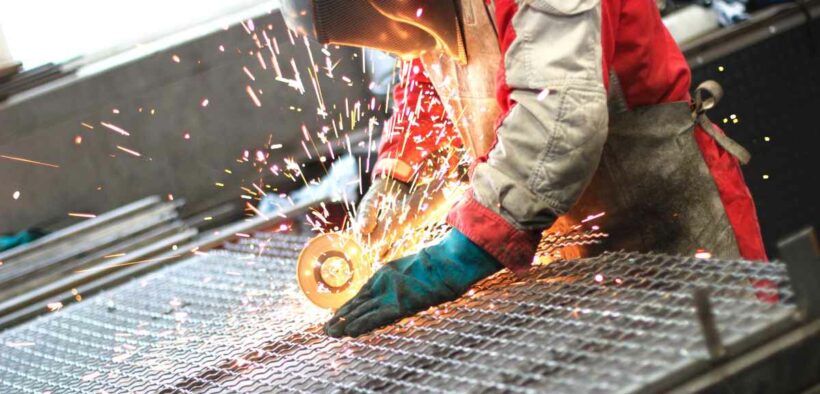Grant Thornton has released its 2022 Manufacturing Benchmarking Report, which reports overall sales growth of the industry in 2022 amid the impact of the initial COVID-19 outbreak.
Now in its seventh year, the Manufacturing Benchmarking Report helps mid-sized manufacturers track their performance against industry benchmarks across a number of data points – including sales trends, gross margins, workforce costs, inventory lockup, capex – and highlights potential avenues for improvement.
The report revealed that in 2022, the manufacturing industry experienced overall sales growth of 4.6 per cent demonstrating that while the growth rate is trending upward, it continues to be impacted by global supply chain challenges.
In another good outcome for the industry, average debtor days are at 47, significantly below their pre-COVID levels where the industry average in was 62 days in 2019.
The impact of the COVID-19 pandemic was also revealed in the report, with a sharp decline in sales growth from 7.6 per cent in 2019 to just 1.79 per cent in 2020.
“While the manufacturing sector has shown strength, it is not immune to major challenges – including skill and labour shortages, supply chain gaps and finding its place in a highly competitive global marketplace,” said Michael Climpson Partner & National Head of Manufacturing at Grant Thornton.
With the current economy is experiencing high inflation, the report said that sales growth for 2022/2023 will likely increase significantly.
However, the high inflationary environment will pose many challenges for the year ahead for all businesses, including the manufacturing sector.
The anticipated inflation number for the December 2022 quarter is 7 per cent, but there are many actual cost increases businesses are also facing now that far exceed the cost of inflation.
Supply chain issues have seen the cost of raw materials increase significantly, and both freight and energy costs have doubled or more for mid-size manufacturers over the last year.
“But there’s light at the end of the tunnel with major investment into the sector as a result of a strong push by Government for manufacturers to scale up, establish Australia as a manufacturing nation, and position itself as a strategic partner in global supply chains,” Climpson said.
“This includes the Modern Manufacturing Initiative, Patent Box, the R&D Tax incentive, multiple state-run initiatives, enterprises to modernise and improve Australia’s trade system and support Australian exporters,” he said.
“Many of these initiatives are specifically targeted at mid-sized manufacturers and play a key role in bringing these ambitions to scale up domestic capabilities to life.”
The 2022 Manufacturing Benchmarking Report also recorded staff costs as a percentage of sales, which are between 1 and 1.7 percentage powers lower in 2022 compared to the previous year across all market segments.
In addition, many manufacturers have been hesitant to add to the cost base of their business due to prevailing uncertainty in the market. Wage increases as a result of rising inflation, coupled with returning workforce capacity mean that manufacturing businesses will need to closely monitor workforce efficiency to manage staff costs.
The manufacturing sector has been critical to national resilience throughout the COVID-19 pandemic and recovery. Manufacturing makes many contributions to everyday life and Australia’s economy by encouraging commercialisation and R&D, creating efficiencies, generating export activity, and drove the production of crucial personal protective equipment and medical equipment throughout the pandemic.
Source: Grant Thornton media release. Content has been edited for style and length.

















































Follow us on social media